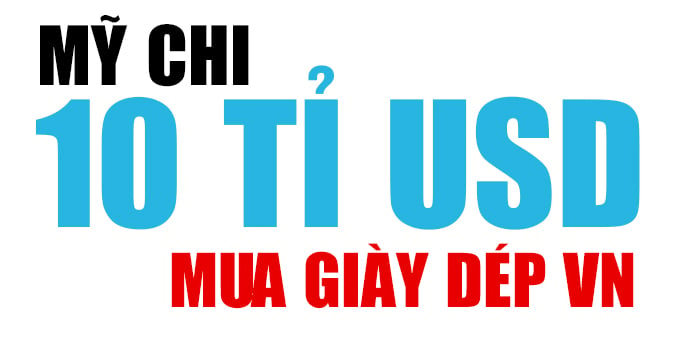
According to the General Department of Customs, by the end of 2023, the country's footwear exports will bring in more than 20.24 billion USD. Although down 3.66 billion USD compared to the record high of 2022, footwear is still one of Vietnam's key export industries.
Looking back at history, except for 2020 due to the impact of the Covid-19 pandemic, Vietnam's footwear export turnover has continuously increased over the past years. Specifically, since 1998, footwear has joined the club of items with turnover of 1 billion USD or more and has continuously approached 10 billion USD, 20 billion USD.
According to the World Footwear Yearbook 2021, for the first time, Vietnam accounted for over 10% of the global shoe export market share with more than 1.23 billion pairs of shoes in 2020, ranking second in the world in terms of leather and footwear exports, after China. Particularly for fabric shoes, Vietnam is the world's largest producer in terms of value, far surpassing China... Currently, "Made in Vietnam" footwear products are present in 150 markets such as the US, EU, China, Japan, UK... Of which, the US is the largest market when spending 7-10 billion USD annually to buy Vietnamese footwear.
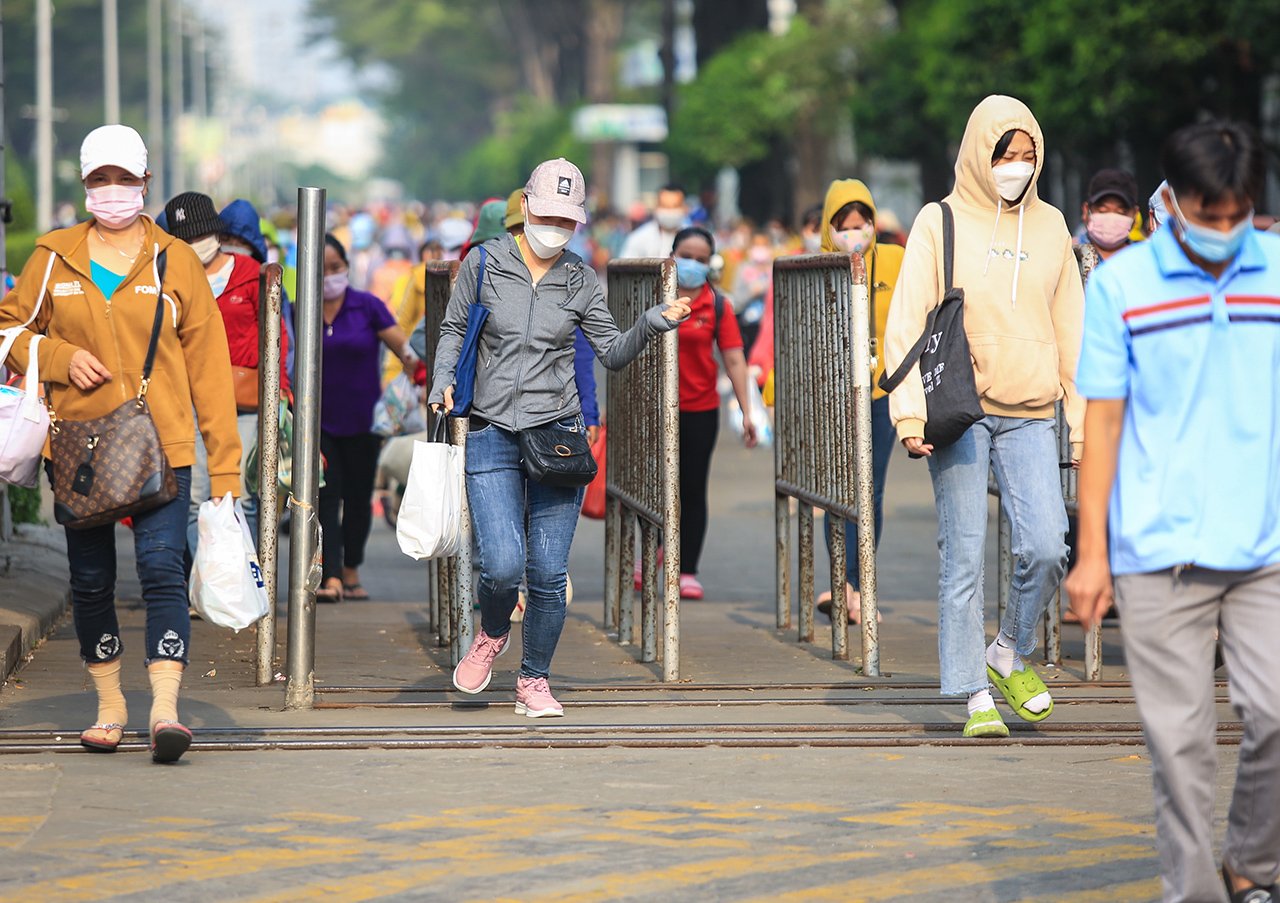
Vietnam's leather and footwear industry has created jobs for more than 1.5 million workers. Photo of workers finishing work at PouYuen Company Limited (Binh Tan District, Ho Chi Minh City) on the afternoon of March 6.
These figures are most clearly demonstrated by the fact that a series of world-famous corporations have chosen Vietnam as a center for footwear production for global sales. Specifically, Adidas and Nike, two "giants" of sports shoes, have both chosen Vietnam as the main production center for the global supply chain. Adidas' 2020 report announced that up to 98% of production is concentrated in Asia, of which Vietnam accounts for 40%. Or Nike also announced that it produces about 600 million pairs of shoes each year, 50% of which are produced in Vietnam, and 50% of raw materials for Nike's global supply chain are also from Vietnam.
At a sports goods industry conference held in September 2023, organized by the World Sports Goods Industry Federation (WSGI) in coordination with the Vietnamese Delegation in Geneva (Switzerland), Mr. Bertrand Tison, Decathlon's European public relations officer, informed that Vietnam is Decathlon's second largest production base in the world with 130 partner factories and 7 retail stores, 400 employees...
"Research report on footwear industry in Vietnam, 2022 - 2031" by Research and Markets, one of the world's leading market research companies, published in 2022, said that by the end of 2021, Vietnam had about 2,200 footwear manufacturing enterprises, mainly concentrated in the area around Ho Chi Minh City. Two giant brands in the global footwear industry, Nike and Adidas, have chosen Vietnam as their main production location, and part of the global footwear chain is gradually moving from China to Vietnam because of lower costs.
The main reason for the growth of Vietnam's footwear exports is that Vietnam has signed favorable trade agreements with Europe and the US. In particular, the Vietnam - EU Free Trade Agreement (EVFTA) helps Vietnam's footwear exports to the EU account for about 40%. The Comprehensive and Progressive Agreement for Trans-Pacific Partnership (CPTPP) helps Vietnam's footwear exports to Canada and Mexico skyrocket...
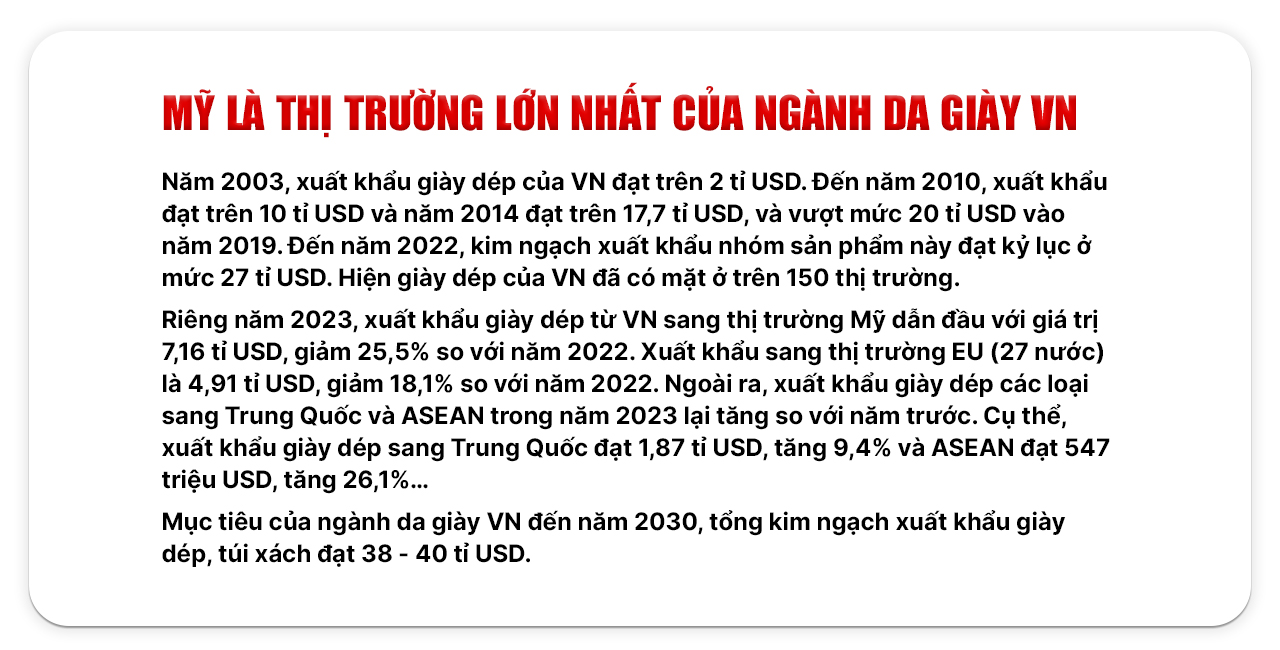

While Vietnam's footwear exports have made their mark on the global market, on the contrary, the domestic market has been quite sluggish. More than 12 years ago, when it was just a super small enterprise with a few dozen workers, Vien Thinh Shoe Company convinced customers and gradually entered the domestic market, where nearly 90% of its products were from China. Mr. Tran The Linh, Director of Vien Thinh Company, said that he personally had to go to the market to convince each small trader to have the company's products on their stalls. Convincing them with quality, price, design, after-sales service, and warranty, Vien Thinh's footwear products gradually conquered the domestic market.
However, in recent years, the company has not been able to compete with the influx of low-priced products, so it has only made export products. According to Mr. Tran The Linh, low-priced Chinese products still account for more than 80% of the market share in Vietnam; the rest belongs to foreign high-end brands and a few domestic manufacturers. The main reason is that Chinese products are priced too low. Specifically, a pair of Chinese women's leather shoes only sells for about 220,000 - 250,000 VND because the production cost is only 150,000 VND. Meanwhile, domestic enterprises need to produce a pair of leather shoes for about 200,000 - 220,000 VND and have to sell them for up to 350,000 VND to make a profit.

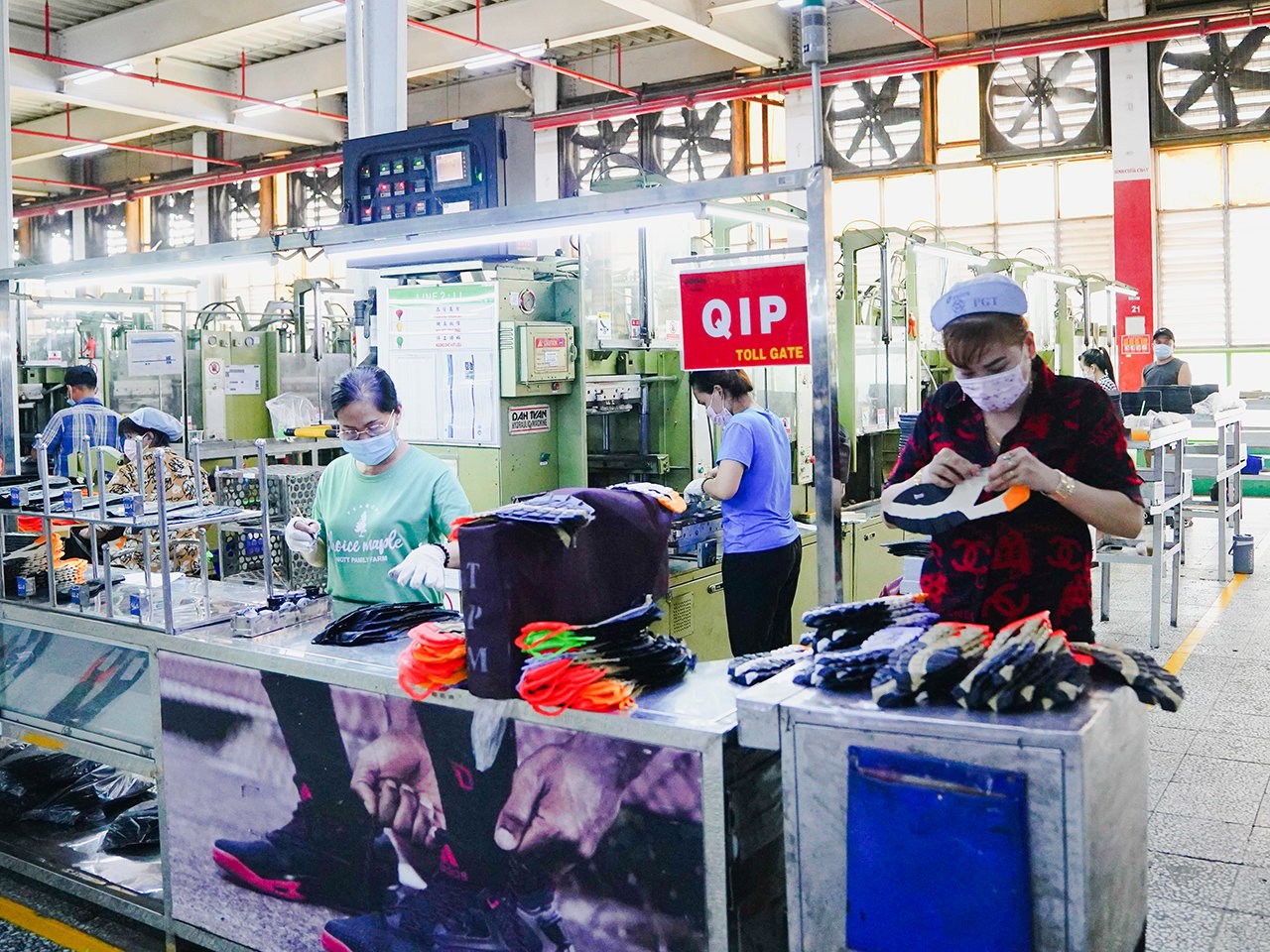
Workers working at PouYuen Vietnam Co., Ltd.
"The low cost is mainly due to the large production quantity. For example, a Chinese shoe model that they produce to sell to many countries can be made up to 100,000 pairs. Meanwhile, a Vietnamese company can only produce one model with a quantity of 2,000 - 5,000 pairs. The same shoe model still costs money for research and design, molds... China has closed production areas, from raw materials to finished products; while Vietnam does not have them. Or many types of fabric and leather are not available domestically and units have to import them, so the higher cost is understandable," Mr. Tran The Linh explained.
In addition, footwear products are fashion items, so they need to be changed in design and style regularly. However, most Vietnamese enterprises are micro-enterprises, family-owned, etc., so they do not have enough resources to research and develop designs. Or like China, there are many policies to encourage and invest in applying high technology such as robots in production, increasing capacity; while small-scale Vietnamese companies do not have enough potential to invest in technology, machinery and equipment, etc.
Similar to the garment industry, in order for footwear products to be known by consumers, enterprises need to build a brand, at the same time develop products with suitable quality and price. However, the brand story of Vietnamese enterprises is extremely rare. A representative of a domestic shoe manufacturing company admitted that many Vietnamese footwear brands that were born a long time ago have now almost disappeared. Meanwhile, foreign corporations have global brands and strong potential, so they are expanding more and more. On the contrary, domestic enterprises are mainly small, the number of units with over 1,000 - 2,000 workers can be counted on the fingers, the profit margin is low, only fluctuating around 5 - 6%, so there are not enough resources for larger investments. Enterprises do not dare to borrow from banks to invest because the profit is not enough to pay the loan interest. Not to mention that with the characteristics of this industry, there is a 1 - 2 month off season, lack of orders... so they only focus on paying salaries to retain workers. Therefore, Vietnamese footwear almost lost its market share right at home.
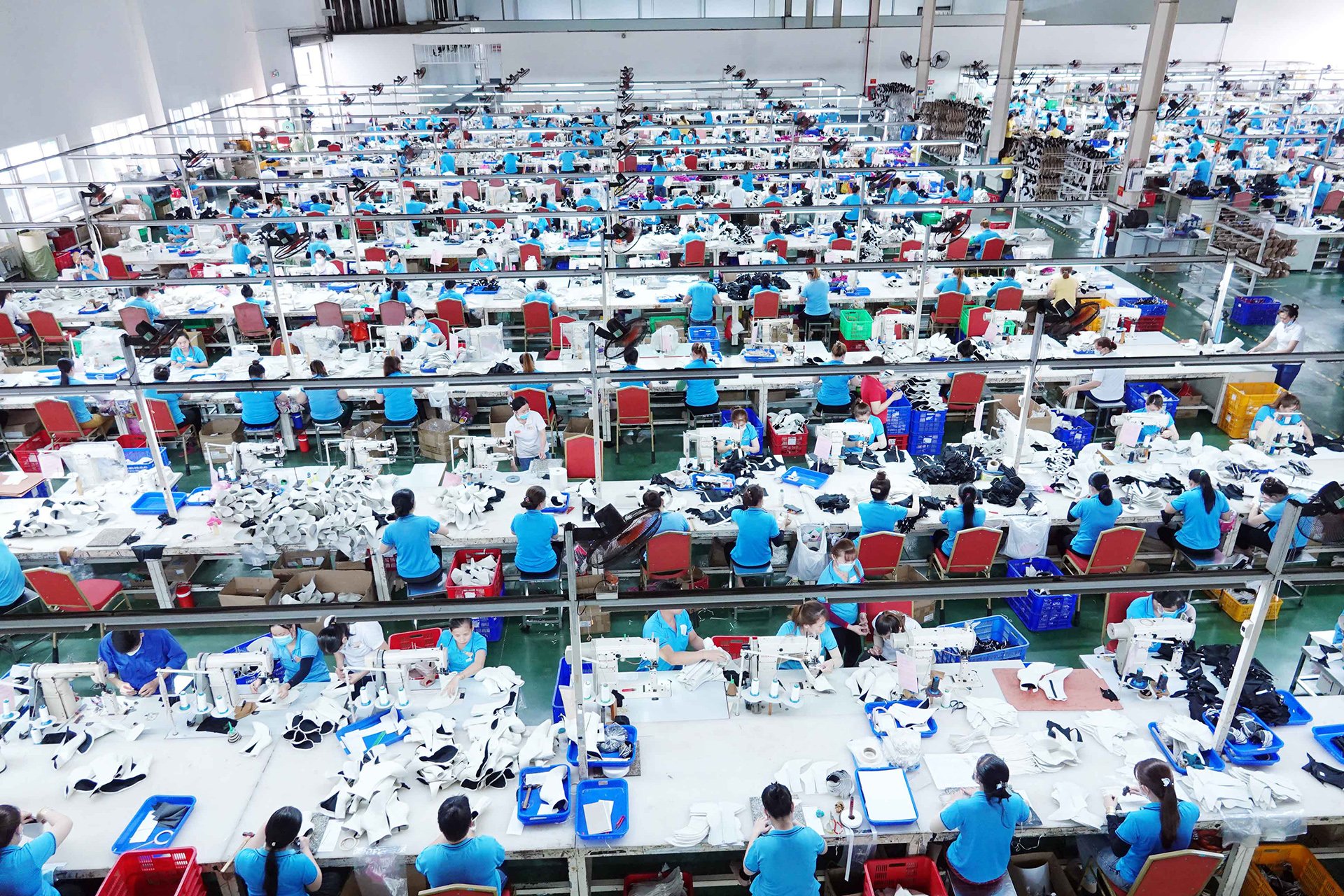

Mr. Diep Thanh Kiet, Vice President of the Vietnam Leather, Footwear and Handbag Association, said that the leather and footwear industry has created jobs for more than 1.5 million workers, holding the second position in exports in the world and will continue to maintain this position, because the third-ranked country, Indonesia, is still far behind Vietnam in terms of output. But Vietnam is also far behind China in first place. In other words, the first and second positions in the world in footwear exports will hardly change in the short term. Vietnam still has geopolitical advantages. At the same time, import taxes on footwear from Vietnam to many large markets such as the US, EU, Canada, etc. have decreased sharply when participating in many free trade agreements.
However, it will be difficult to make a clear breakthrough when this industry still has a series of problems that need to change and this has been mentioned for many years. That is, it is necessary to develop supporting industries, apply technology, automation as well as meet the increasingly high new requirements of the market in terms of origin, ensure environmental, social and governance (ESG) standards, green production...
Currently, nearly 80% of the export value of the Vietnamese footwear industry still belongs to foreign-invested corporations (FDI). Therefore, the most important thing is to increase the value of Vietnamese footwear in export activities without having to increase quantity. To have higher value products, there must be investment, increased application of technology, research and development of design, switching to circular production, green production, etc. To change these things and bring stronger growth to the Vietnamese footwear industry requires a comprehensive policy, not just each enterprise swimming alone or a few individual policies.

Meanwhile, Dr. Nguyen Quoc Viet, Deputy Director of the Vietnam Institute for Economic and Policy Research (VEPR), University of Economics (Vietnam National University, Hanoi), said that traditional industries such as textiles, garments, and footwear have developed strongly in the past 10 years. This comes from advantages such as Vietnam being considered an attractive destination for international investors in the processing and manufacturing sector in general. Many large corporations in the footwear industry have placed Vietnam in the global supply chain, increasing production in Vietnam such as Nike and Adidas.
In parallel, Vietnam in the ASEAN bloc is also an active country participating in new generation free trade agreements. From there, tariff barriers are also reduced or removed, helping Vietnamese products increase their competitiveness. The above factors promote products manufactured in Vietnam to have more new markets, expanding their market share in the world. At the same time, policies to reform the business environment, support domestic enterprises, promote supporting industries, apply high technology... also contribute to promoting purely Vietnamese companies to increase their ability to connect and participate in the global production chain.
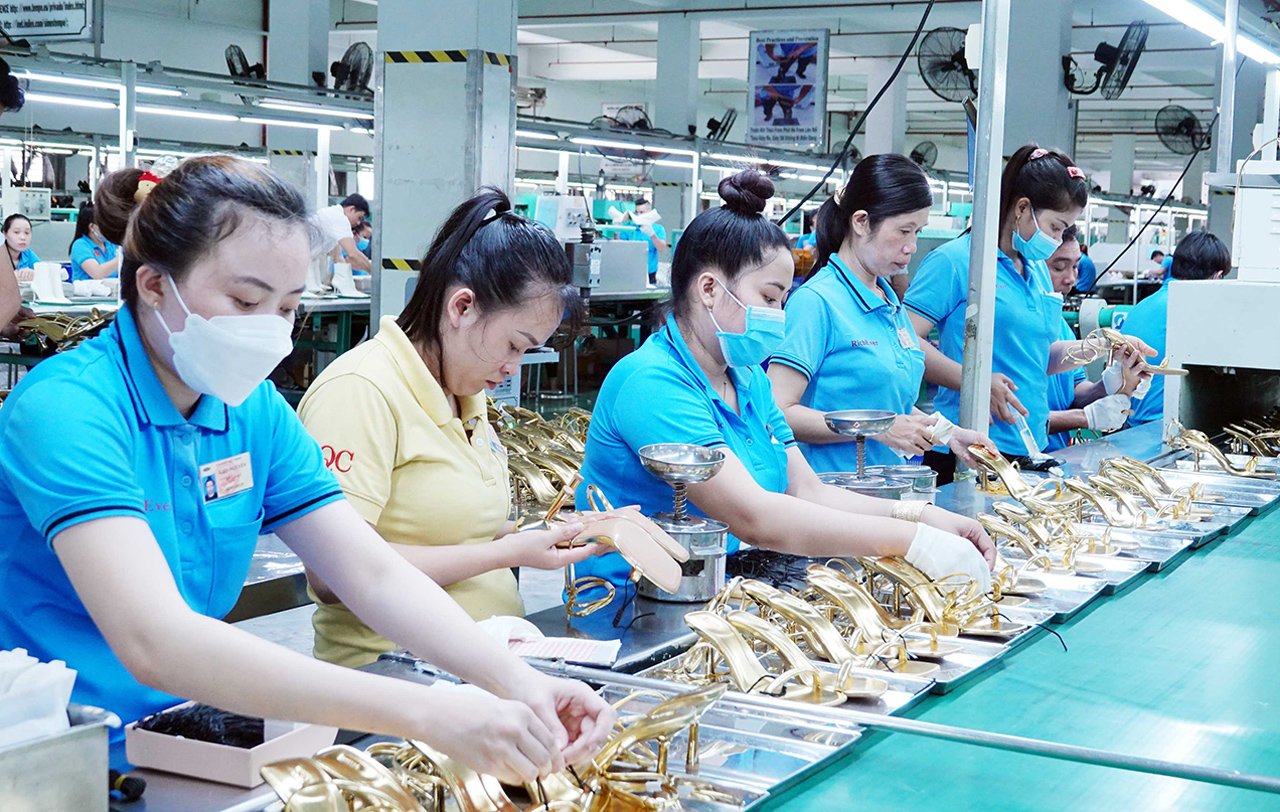
Produced at Vien Thinh Shoe Company Limited (Long Hau Industrial Park, Can Giuoc District, Long An) - worker
However, since the Covid-19 pandemic, consumer demand has decreased and changed a lot. For example, popular products, which are Vietnam's strengths, have decreased more sharply; while the demand for specialized and unique products has increased. Or Vietnam's production costs have continuously increased while countries producing similar products have maintained low input costs. Another problem is that Vietnam's slow transition to green production has also weakened the competitiveness of domestically produced goods. These are challenges for domestic enterprises.
"Vietnam's advantage of cheap labor is now almost no longer the main factor to be competitive. Therefore, it is necessary to increase technological innovation, improve management, workforce and connectivity to participate more in the supply chain, production with FDI companies right in Vietnam. Some purely Vietnamese enterprises are also trying to grow, but still have to focus on input factors such as raw materials, design research. The government can consider supporting the development of supporting industries for the footwear industry to gradually reduce the amount purchased from China. Focus on promoting trade to connect domestic enterprises with global manufacturing corporations right in Vietnam and then promote abroad," Dr. Nguyen Quoc Viet added.

Source link























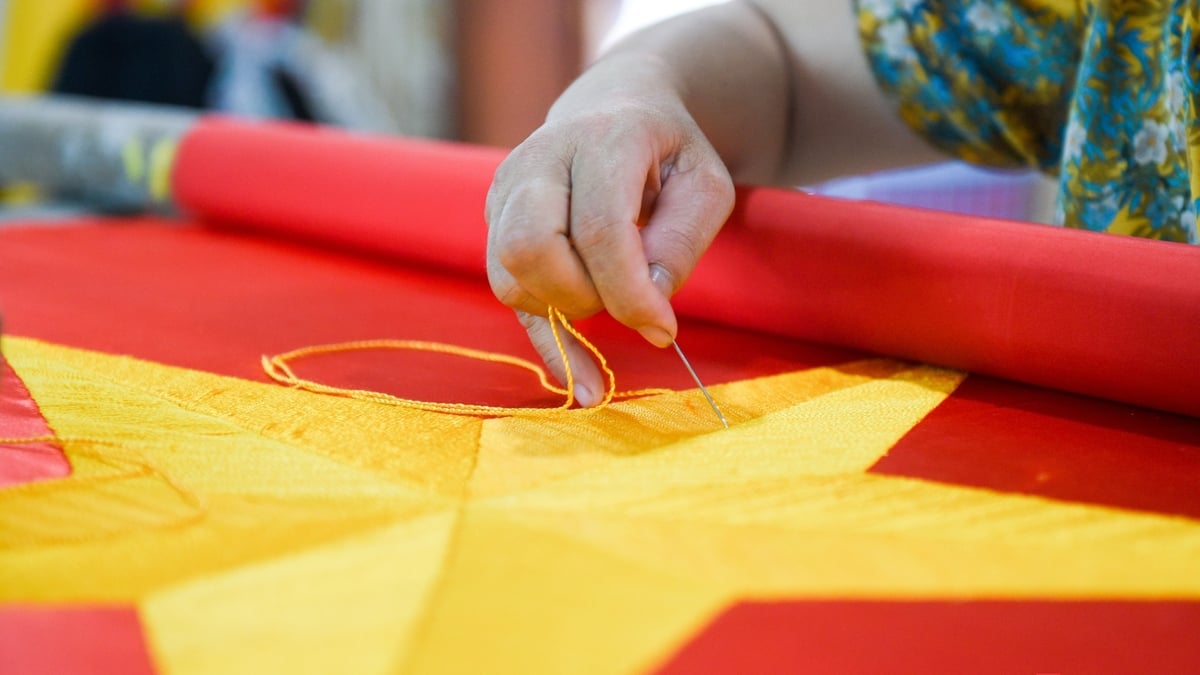






























![[Maritime News] Container shipping faces overcapacity that will last until 2028](https://vphoto.vietnam.vn/thumb/402x226/vietnam/resource/IMAGE/2025/7/30/6d35cbc6b0f643fd97f8aa2e9bc87aea)
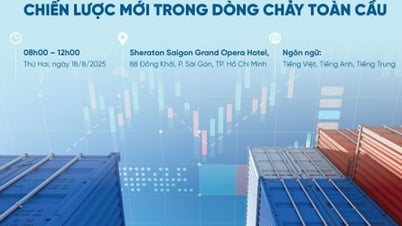

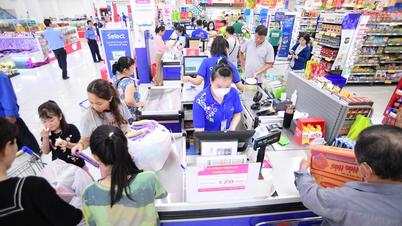




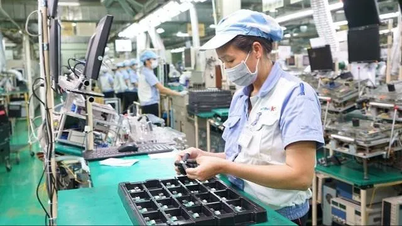





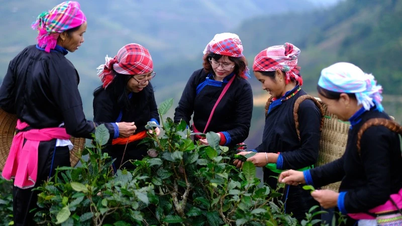








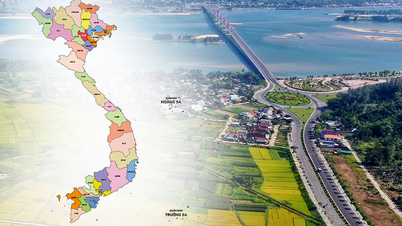


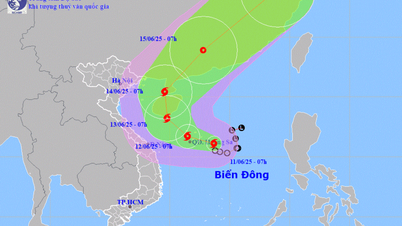







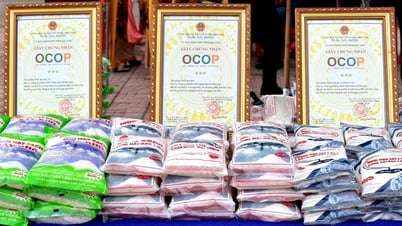
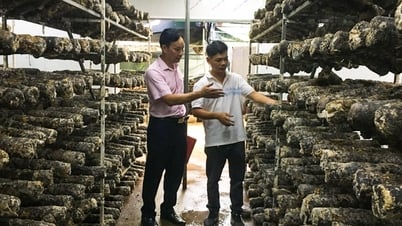






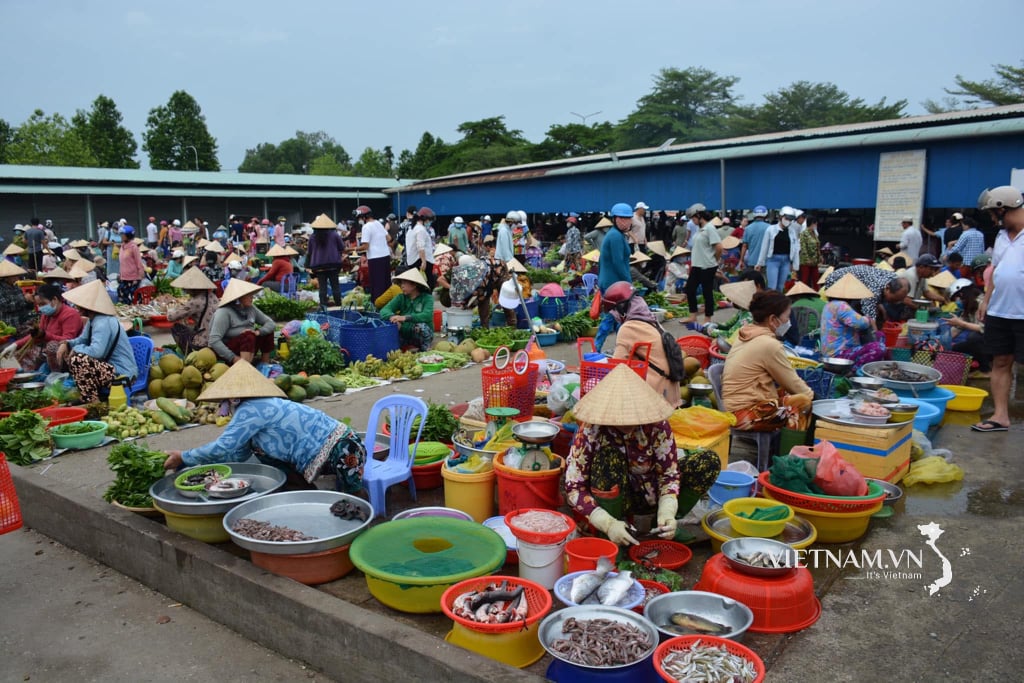



Comment (0)